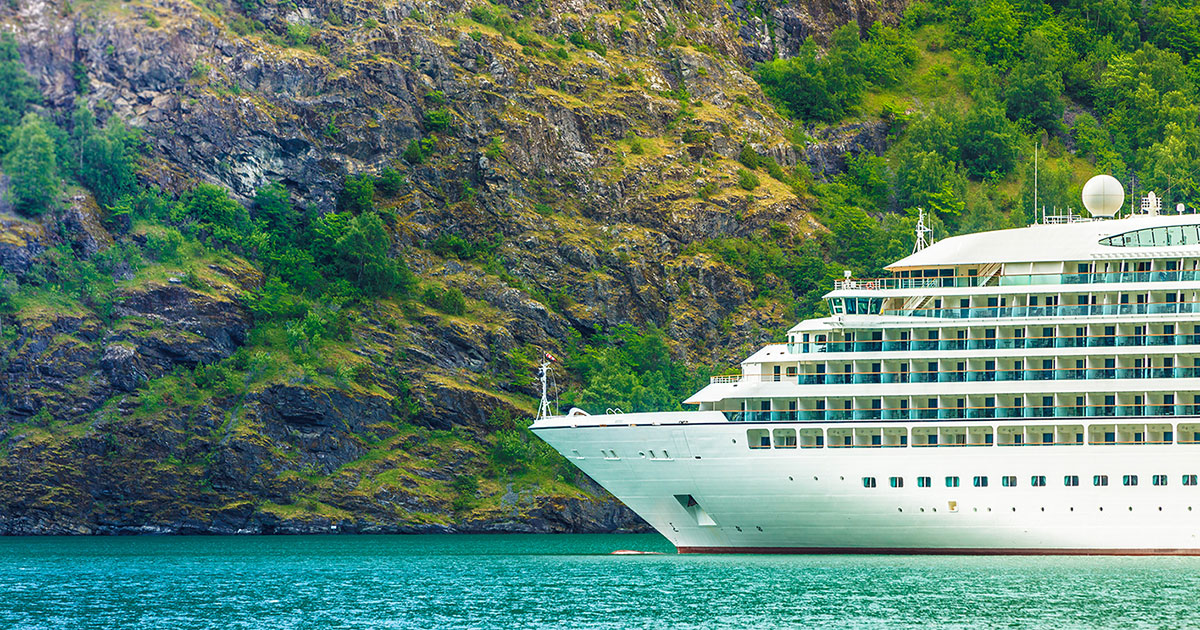Is There a Future for Cruise Lines? This Former CEO Says Yes

Longtime Norwegian Cruise Line CEO Andy Stuart remembers the ripple effects that reverberated throughout the cruise industry following 9/11. He recalls it as the first time cruise vacations went negative on bookings. Fear for the future of cruising was palpable.
As we now know, the industry recovered, fueled by innovation, Stuart said at a recent Babson Miami webinar for graduate students. Prices were scaled down, and soon enough, value overcame fear. “(We) recovered quickly, much faster than any of us anticipated.”
Access to professionals, and their exclusive advice, is commonplace at Babson College. Through this discussion, graduate students heard Stuart’s insight on challenges the cruise industry faces and what needs to happen for sailing to resume.
“What does COVID mean for the cruise industry, in the short term, medium term, and long term?” asked Senior Lecturer Sahasranam Hariharan. “Using that, we’ll get a feel for what it takes to bring the cruise industry back to profitability.”
The Path to Getting Back on the Water
Getting ships back out onto the open waters is still at least several weeks away. Norwegian Cruise Line has suspended sailing through at least October, while Royal Caribbean aims to resume sailing on November 1.
Stuart said challenges posed to the industry include operating in different jurisdictions, some where there are higher coronavirus case numbers and deaths as well as stricter restrictions.
“If you believe in time people will be inside, doing things they were doing before this started, then you have to believe cruising will be saved.”
Andy Stuart, former Norwegian Cruise Line CEO
There also remains the obstacle of the vulnerability of the industry’s primary clientele. The industry is dominated by older generations, Stuart said, whom he fears will keep their distance from cruising until therapeutics or a vaccine are made available.
“When you add the complexity the virus brings to every industry where people are gathering, it presents unique challenges,” Stuart said.
Consolidating to Stabilize
Once cases begin to subside, Stuart forecasts cruise consolidation, both within the industry and for travel agencies.
“Inevitably, there will be some shift toward direct,” he said. “At some point, cruise lines will have to ramp up marketing investments.”
On-board revenue amounts to between 30–40% of total cruise revenue, Stuart said. If ships sail partially empty, the risk for profit-loss is high.
“You start leaving empty rooms, you’re giving up on-board revenue as well as ticket revenue,” he said. “We’re an industry with a mindset of filling every cabin, every room.”
But, the burning question still remains: Is there a future for the cruise industry?
Stuart has no doubts.
“If you believe in time people will be inside, doing things they were doing before this started, then you have to believe cruising will be saved,” Stuart said. “This is an industry that people love. The big question is when, how long it takes, what it looks like when it happens.”
Posted in Insights






